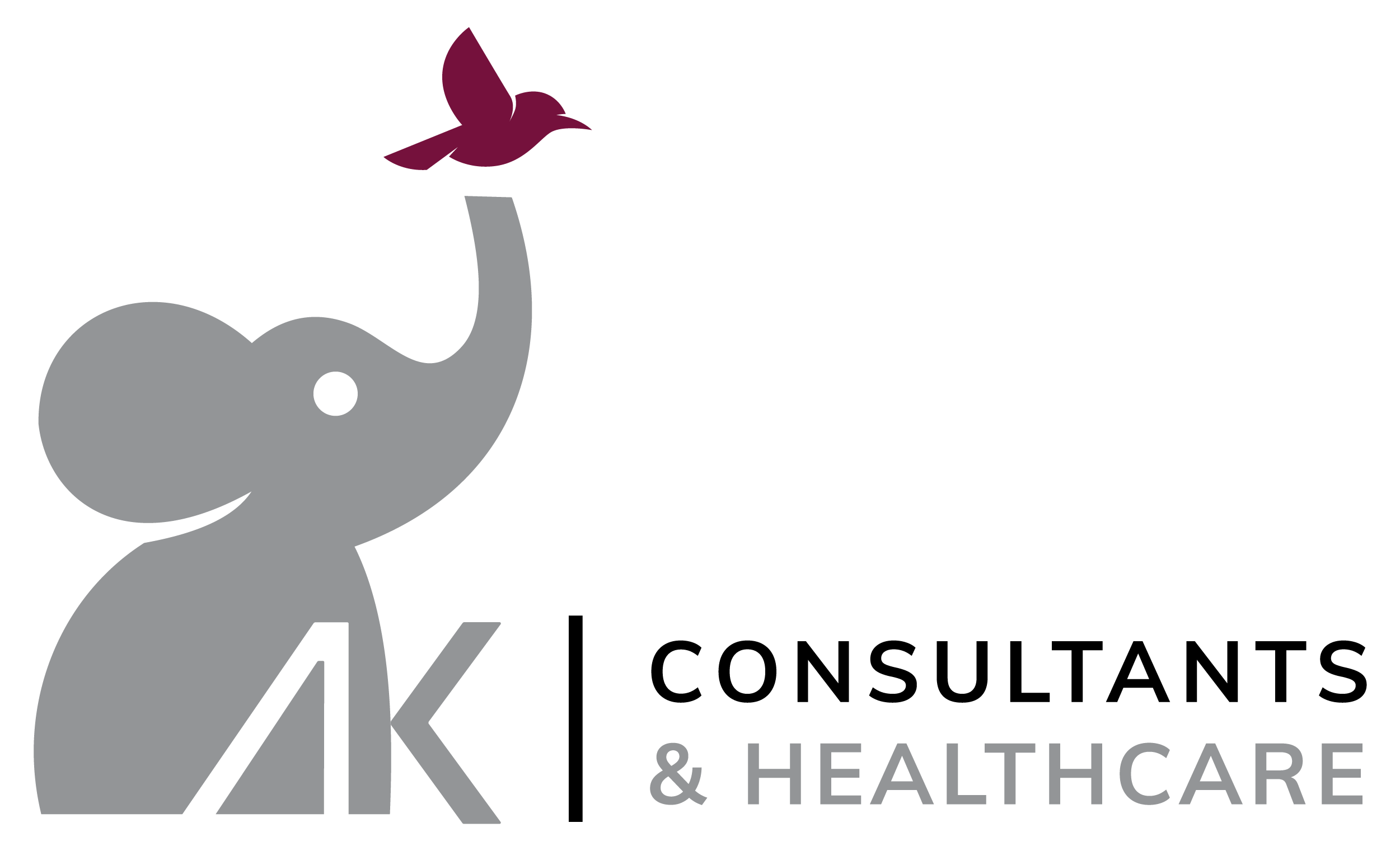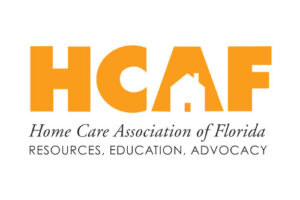In the wake of Covid-19, telehealth has become much more prevalent in our everyday lives. With more and more patients accessing healthcare solutions online, content marketing strategies are shifting in response to this behavior change. In this article, we’ll give you the rundown on what your healthcare content marketing goals should be heading into the new year.
Brand Awareness
When sitting down to think about your healthcare content goals, one aspect you want to keep in mind is how well people know your company already. Having a consistent healthcare brand creates trust with existing and potential patients. This trust can be fostered by familiarity with the brand. This familiarity can come from strategic advertisements, earned media stories, logos or word of mouth recommendations.
One of the best example of brand awareness in healthcare is the Red Cross. Many people are familiar with the Red Cross through their work during natural disasters (earned media), their iconic logo and word of mouth testimonials from communities they’ve impacted. This brand awareness is just the first step in getting customers to know who you are.

Engagement
Thinking about how to engage potential patients or existing patients is important when building a healthcare content strategy. One of the first ways people will engage is through your company’s website. This is often a first impression of your company’s mission, vision and brand. Every piece of your website should tell a story about what your mission is and who you serve.
Another way to engage is through the use of social media. Many young people are attune to a brand’s social media presence so making sure yours is relevant can be crucial. A lot of misinformation is spread via social media. Healthcare brands can use their platform to clear up what is fact or fiction. This will ultimately increase your brand’s credibility and build trust between your company and those you wish to serve.
Lead Generation
Another aspect of your healthcare content to think about is lead generation. Most people looking for healthcare solutions are going to use a search engine to find it. This is where SEO (Search Engine Optimization) plays a big part in generating leads to bring in new clients. Having relevant educational content on your website, site speed, trustworthiness and particular key words can all boost the visibility of your business in a search result.

Integrating Customer User Experience
After finding your website, you want to make it simple for customers to understand your brand and navigate your website. This user experience can transform information seekers to healthcare receivers. Optimizing your website to figure out your most visited pages or web routes people are taking can make a big difference in whether or not they seek care at your facility.
If a website is full of medical jargon and a rabbit hole of links, potential patients are going to find another provider. Patients are looking for reliable, understandable and quick information so they can feel confident in making medical choices.
Some quick tips for enhancing the user experience are having floating chat boxes or easy ways to contact someone, having accessible text with high contrast colors for easy reading, and storytelling of patients, staff and board members that highlight the value of the organization.
Continue Growing Your Healthcare Business
As the world and medical industry gets more and more digitized, it’s important to focus on how we can interest, educate and retain new customers virtually. Having a strong brand and user experience is the first impression. Being able to meaningfully engage through storytelling, fact checking and information spreading can build a relationship of trust to go from researching to receiving care.






Leave a Reply